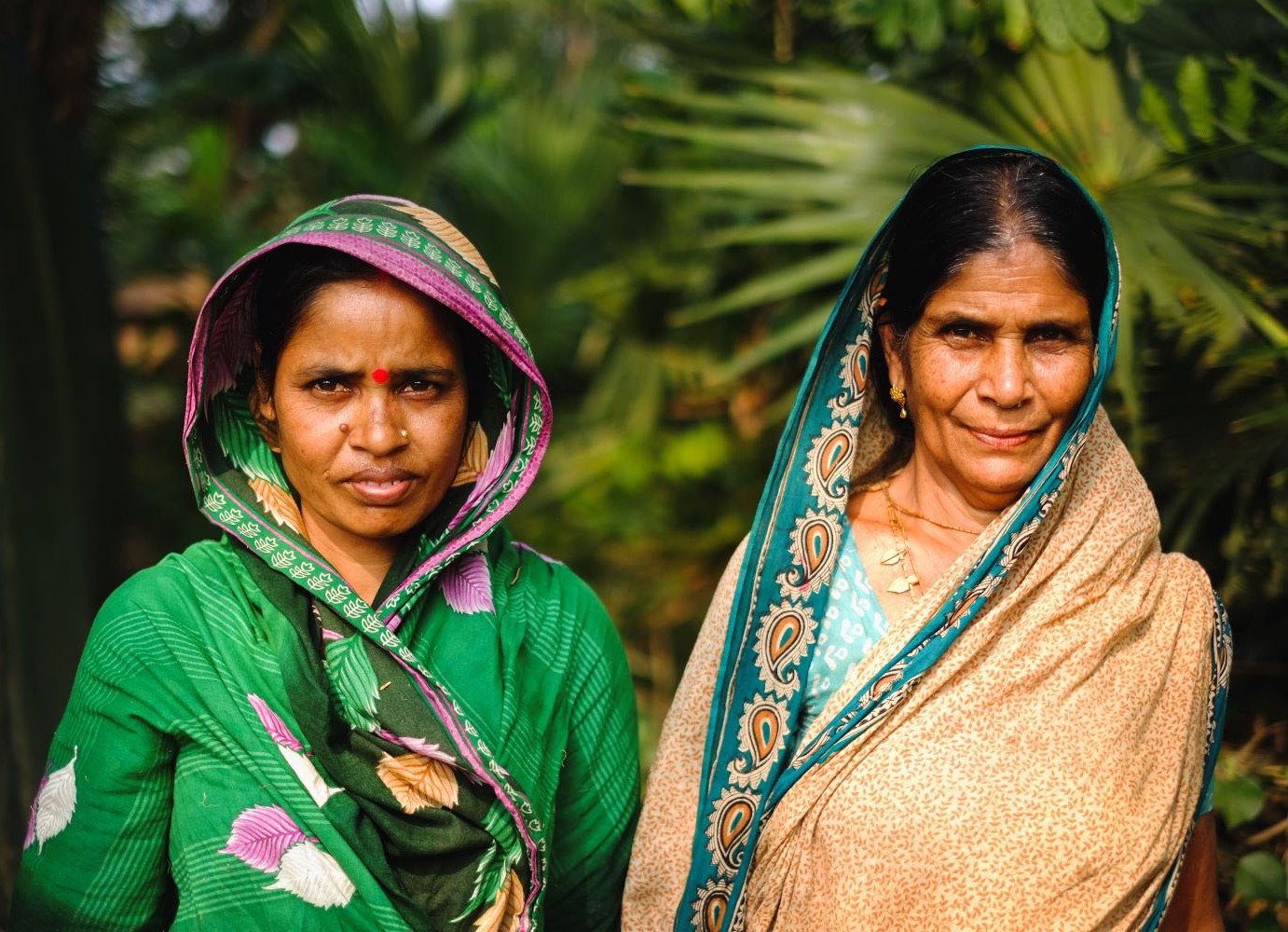The UN Open Working Group has just come out with its zero draft of Sustainable Development Goals. The transmittal letter from the co-chairs of the Open Working Group notes:
“We would like to reiterate the importance of enumerating sustainable development goals in accordance with para 247 of the Rio+20 outcome document which, inter alia, states that the SDGs should be action-oriented, concise, easy to communicate, limited in number, aspirational, global in nature and universally applicable to all countries...”
The chairs are right: the MDGs were about poetry – a broad vision, elegantly laid out in a few choice words (for a UN document, at least). Concise and easy to communicate. Simple, numerical, time bound. That’s what gave a bunch of non-binding targets their power.
So, how does the zero draft do on these measures? It is certainly not short on aspiration. According to the list, in just sixteen years’ time we can have: ended poverty in all its forms everywhere; achieved full and productive employment and decent work for all; ended hunger and malnutrition alongside the problems of obesity and overweight; attained universal health care and a healthy life for all at all ages; wiped out HIV/AIDS, tuberculosis, malaria, and neglected tropical diseases; provided universal secondary education and universal access to tertiary education; achieved gender equality everywhere and eliminated all forms of violence against all women and girls; ensured adequate and affordable housing, water, sanitation, reliable energy, and ICT access for all; addressed climate change and attained sustainable use of marine resources, oceans and seas and; halted all biodiversity loss. If that’s not enough, we will have also eliminated all discriminatory laws, policies and practices.
What about concise and limited in number? There are 17 goals and 212 targets spread over about 18 pages. In fairness, some of the targets appear more than once, and there’s a line space between each target. Add in the impact of a smaller font, and you could probably get a concise version down to ten pages. Compare it to the Rio + 20 declaration of 2012 --49 single-spaced pages on The Future We Want—and this zero-draft is the epitome of distillation.
And it covers a lot of different topics in those 18 pages. It wouldn’t be right to describe this as a Christmas tree. It is perhaps closer to a plantation of Christmas trees. Some might unfairly argue there’s enough tannenbaum there to meet the forestry target all by itself. But powering all the tree lights would probably doom the sustainable energy goal.
Looking at individual targets suggested, we’d argue the considerable majority fall into at least one category of awful: unattainable (confusing important ultimate goals with time-bound targets for progress), immeasurable (at least by the UN), redundant, or confusing means with ends. The below lists are illustrative and in no way meant to be exhaustive. Hopefully we’re wrong about some of classifications, but they suggest the extent of the problem:
How are we going to do this?
- 2.2 end malnutrition in all its forms, including undernutrition, micronutrient deficiencies and obesity and overweight, with special attention to reducing stunting by 40% and wasting to less than 5% in children less than 5 years of age by 2025, and address the nutritional needs of pregnant and lactating women
- 3.3 by 2030 end HIV/AIDS, tuberculosis, malaria, and neglected tropical diseases
- 4.1 by 2030 ensure all girls and boys complete free, equitable and quality primary and secondary education leading to relevant and effective learning outcomes
- 4.2 by 2030 ensure equal access for all to affordable quality tertiary education and life-long learning
- 5.2 eliminate all forms of violence against all women and girls in public and private spaces
- 8.1 sustain per capita economic growth of at least x% per annum (with x being set at a level appropriate to national circumstances)
- 8.3 by 2030 achieve full and productive employment and decent work for all women and men, including for young people and persons with disabilities
- 11.1 by 2030, ensure universal access to adequate and affordable housing and basic services for all, and eliminate slum-like conditions everywhere
- 12.2 by 2030 achieve sustainable management and efficient use of natural resources to enhance human welfare within the carrying capacity of ecosystems
- 15.1 by 2020 halt the loss of all biodiversity, and protect and prevent the extinction of threatened species
- 16.2 by 2030 end abuse, exploitation and violence against children
- 16.12 by 2030 provide equal access for all to independent, effective, and responsive justice systems that respect due-process rights, and equal access to legal aid
How (does the UN agree) to measure progress?
- 2.4 by 2030 achieve access to adequate inputs, knowledge and productive resources, financial services and markets, especially for small and family farmers, pastoralists, and fishers, with a particular focus on women
- 2.5 by 2030, develop food systems that are more productive, sustainable, resilient and efficient, and minimize adverse human and environmental impacts without compromising food and nutrition security
- 2.11 by 2030 fully implement measures that curb excessive food price volatility and ensure proper functioning of markets.
- 4.5 by 2030 increase by x% the number of young and adult women and men with the skills needed for employment, including vocational training, ICT, technical, engineering and scientific skills
- 8.5 create a sound macroeconomic environment with strong fiscal and monetary policies
- 10.1 by 2030 eliminate discriminatory laws, policies and practices
- 10.6 promote and respect cultural diversity
- 12.7 by 2030 redouble efforts to create a culture of sustainable lifestyles, including through education, awareness raising, sustainability information on products and services, policies and incentives
- 12.8 by 2020 create economic incentives and scientific and technological capacities that enable and promote sustainable consumption and a circular economy
- 16.4 by 2030 increase inclusive, participatory and representative decision-making at all levels, taking into consideration the interests of present and future generations
- 16.6 forge unity in diversity through democratic practices and mechanisms at the local, national and international levels
- 16.11 develop effective, accountable and transparent public institutions at all levels
- 16.17 promote freedom of media, association and speech
Isn’t this redundant?
- 1.7 pursue sustained and inclusive economic growth as a key enabler for achieving poverty eradication [there’s a whole sustainable growth goal with 16 targets]
- 3.8 ensure universal access to sexual and reproductive health for all [see 5.9 ensure universal access to sexual and reproductive health and reproductive rights in accordance with the Programme of Action of the ICPD]
- 6.2 by 2030 provide universal access to safe and affordable sanitation and hygiene including at home, schools, health centers and refugee camps, paying special attention to the needs of women and girls [see 6.1 by 2030, provide universal access to safe and affordable drinking water, adequate sanitation and hygiene for all]
- 12.6 by 2030 at least halve per capita food waste at retail and consumer level, particularly in developed countries and countries with high per capita food waste [see 2.6 by 2030 reduce by 50% global food waste at retail and consumer level]
How is this a target rather than an input?
- 1.8 integrate biodiversity conservation measures into national and local development strategies, planning processes and poverty reduction strategies
- 2.6 by 2030 reduce by 50% global food waste at retail and consumer level
- 6.8 provide adequate facilities and infrastructure, both built and natural, for safe drinking water and sanitation systems, for productive uses of water resources and for mitigating the impacts of water-related disasters
- 8.8 create enabling conditions for increased growth and productivity of micro-, small- and medium-scale enterprises (SMEs), including through policies that promote entrepreneurship, creativity and innovation, and through improved access to markets and financial services
- 8.9 increase the share of high productivity sectors and activities in the economy, and strengthen productive capacities through technological upgrading, greater value addition and product diversification, with a particular focus on LDCs
- 8.16 explore the possibility of a broader system of capital accounting looking beyond GDP and incorporating social, human and environmental capital
- 9.2 respect national policy space and national circumstances for industrial development, particularly in developing countries
- 9.4 significantly raise industry’s share of employment and GDP in line with national strategies, including doubling manufacturing’s share in LDCs by 2030
- 9.5 increase industrial diversification in developing countries, including through enhanced domestic processing of raw materials and commodities and through new product development
This is a zero draft for negotiation. You’d expect some overlap and redundancy. But going forward, there is a lot of axe-work to be done by the Open Working Group and with only one official meeting remaining, the chances of serious cutbacks seem grim. The only hope is for the Secretary General to take a strong stand: if we’re going to get to a powerful set of goals for 2015, restraint must be the order of the day. The lesson of the OWG process, if we needed reminding: never ask a committee to write poetry.
Disclaimer
CGD blog posts reflect the views of the authors, drawing on prior research and experience in their areas of expertise. CGD is a nonpartisan, independent organization and does not take institutional positions.





